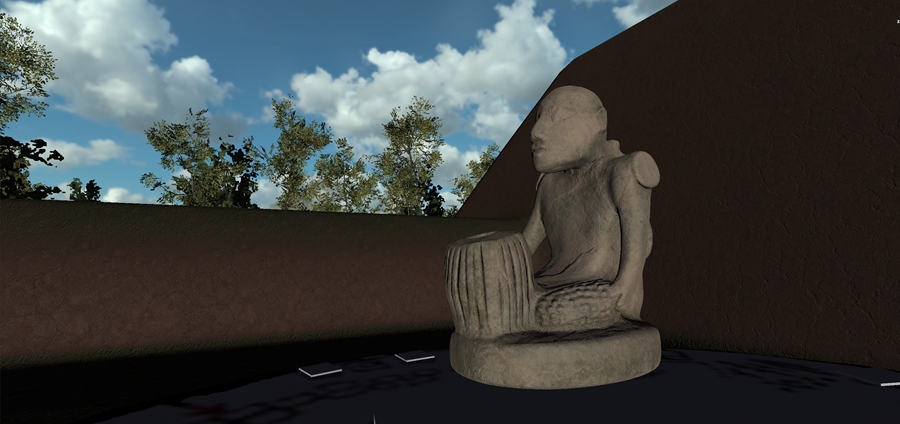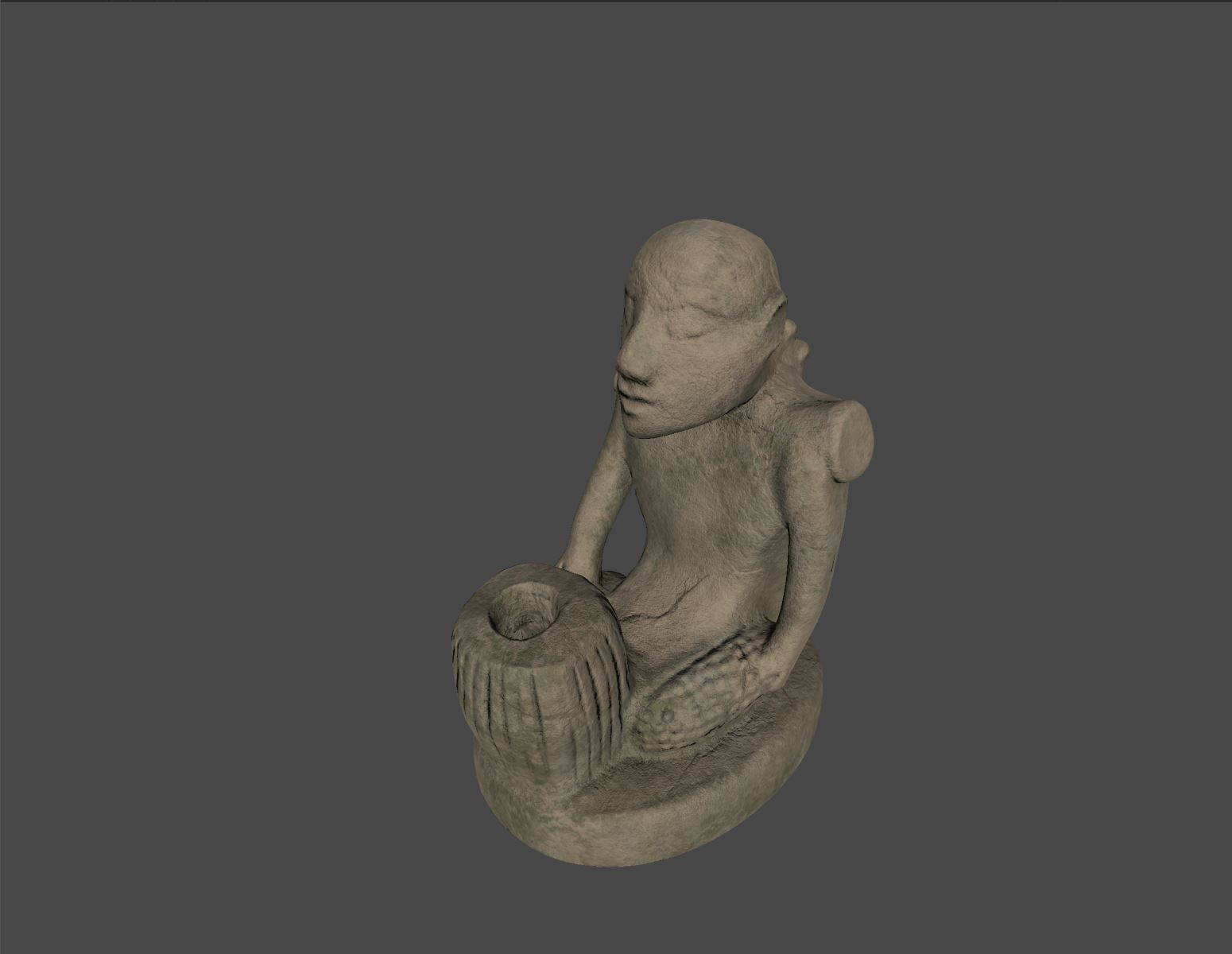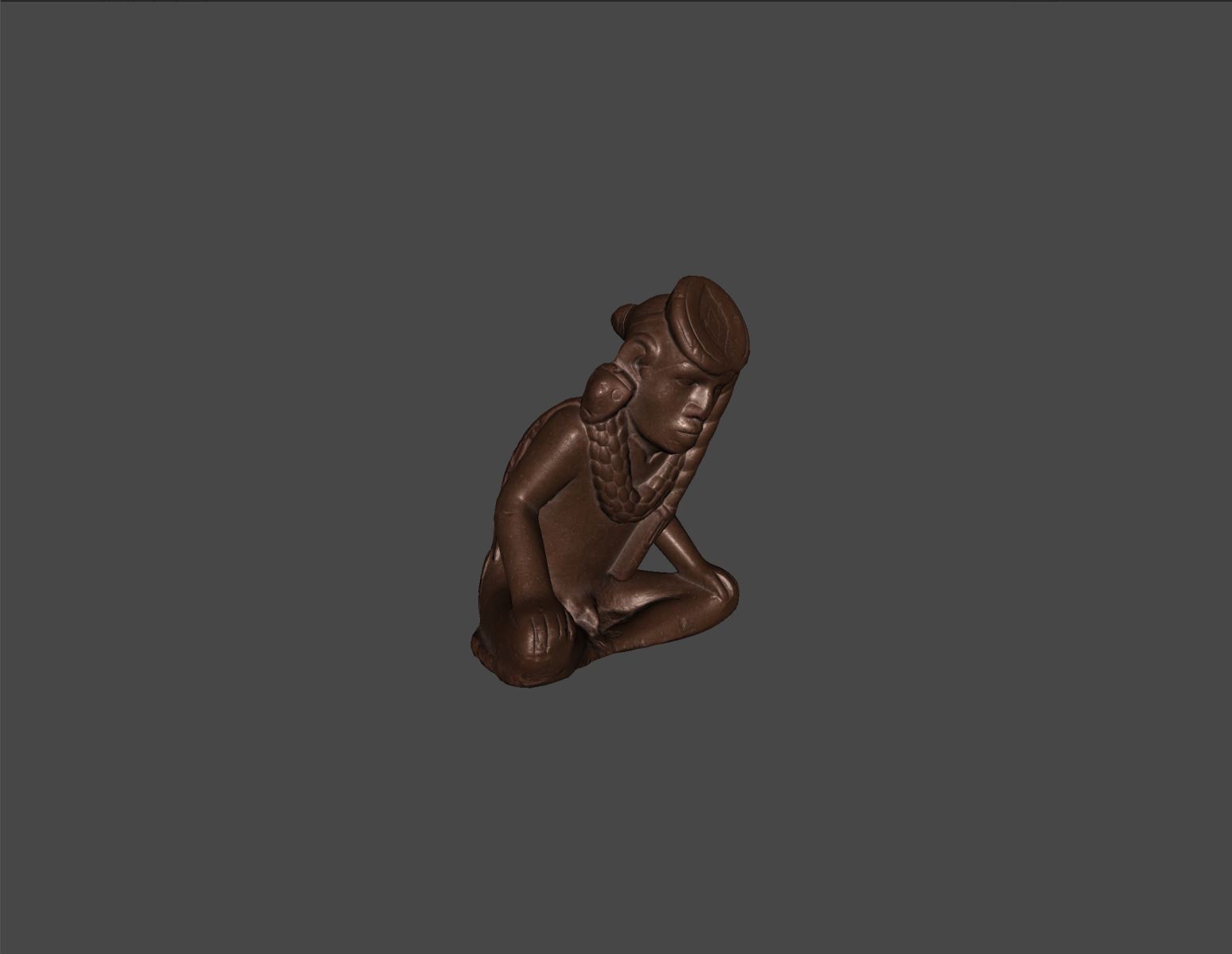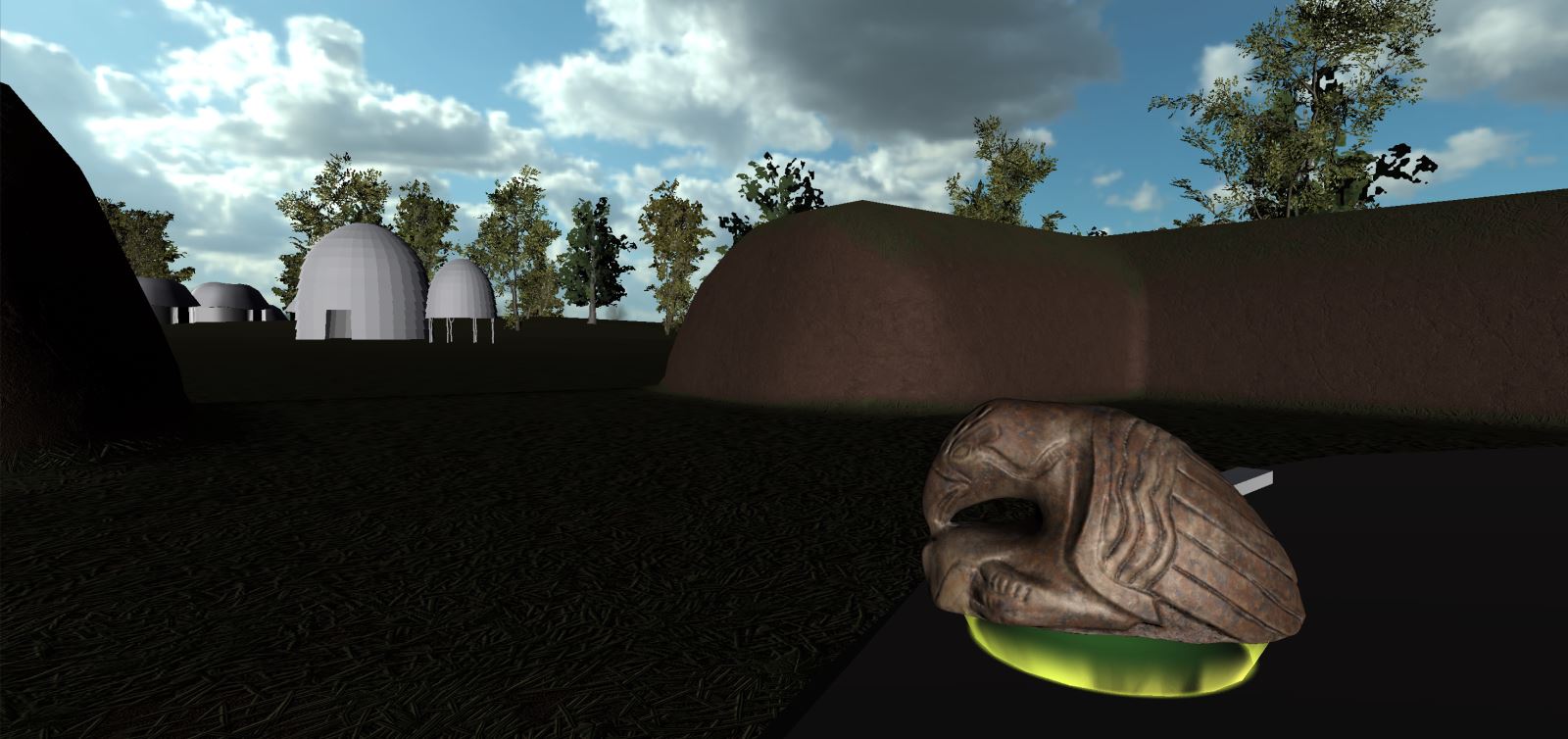
FAYETTEVILLE, Ark. – The University of Arkansas' Arkansas Stories series — which uses objects and places as focal points to narrate compelling stories — continues April 26 and 27 with a virtual visit to the Spiro Mounds.
The prehistoric Native American ceremonial site, with ties to the Spiro tribe, linked a large number of communities in Arkansas and in Oklahoma, and is the focus of the next events in the series.
U of A experts will share a behind the scenes look at the Spiro Mounds Archaeological Centerin Spiro, Oklahoma, both days, using story-telling, archaeology and immersive 3D virtual reality experiences.

The first multilayered evening event will virtually explore the Spiro Mounds from 5-9 p.m. Friday, April 26 in the U of A's Giffels Auditorium, and include the following presentations:
- Opening Reception and Overview of the Arkansas Stories Project
5-6 p.m. with heavy hors d'oeuvres provided. Featuring Kathryn Sloan, director of the Humanities Program. - Archaeology of Story-Telling at the Spiro Ceremonial Center
6-6:45 p.m. Featuring George Sabo, director of the Arkansas Archeological Survey - Translating Archaeological Evidence and Indigenous Story-Telling into an Immersive VR Experience
6:45-7:30 p.m. Featuring David Fredrick, director of the Tesseract Center for Immersive Environments and Game Design; Greg Rogers, creative director of Tesseract; and Nicholas Wise, senior intern for AR/VR development at Tesseract - Demonstration of the Immersive 3D Model of the Spiro Ceremonial Center
7:30-9 p.m. Featuring the Tesseract Development Team
From 1-4 p.m. Saturday, April 27, the virtual explorations of the Spiro Mounds continue with:
- A Guided Tour and 3D Model of the Spiro Mounds Native American Site
Presented by Sabo and the Tesseract team, at the Spiro Mounds Native American Site in Spiro, Oklahoma.
All events are free and open to the public.
The Spiro Mounds site is about 10 miles west of Fort Smith and about seven miles outside of Spiro, Oklahoma. The mounds are considered by experts to be one of the most important Native American sites in the nation.

The mounds were a gathering place for a large community of Spiroans who were called together from neighboring areas to participate in a renewal ceremony to help alleviate horrific drought conditions that affected the area during the late 14th and early 15th centuries.
The Spiro people created a sophisticated culture that influenced the entire Southeast. Items found at the site indicate a far-flung trade network, a highly-developed religious center and a political system which controlled an extensive region. The site was located on a bend of the Arkansas River and was a natural gateway from which the Spiro people exerted their influence.
"We've found evidence that the site was used for dramatic oral performances, supported by the use of figurines and other artifacts arranged in a diorama of sacred objects," said George Sabo, director of the Arkansas Archeological Survey. "The objects and figurines represent both the human world and the spiritual world, with the humans appealing to the spirit world for gifts of sacred power."
Sabo said event-goers can interact with 3D images of actual objects from the site during a portion of the events, as well as experience what a sacred ceremony may have been like, through a 3D rendering produced by the Tesseract Center.

"While much of the Spiro culture is still a mystery, the 3D immersive environment will give participants the chance to see what a ceremony may have been like, in a very immediate and interactive way," said David Fredrick, director of the Tesseract Center. "Creating this experience allows us to bring the past into the present in a very tangible and meaningful way."
Partners and sponsors for these events include the U of A Chancellor's Innovation and Collaboration Grant, the Arkansas Archeological Survey, and the J. William Fulbright College of Arts and Sciences' Department of Anthropology, Humanities Program and Tesseract Center for Immersive Environments and Game Design.
About Arkansas Stories: Arkansas Stories of Place and Belonging is an innovative public scholarship and engagement series at the University of Arkansas, funded by a Chancellor's Innovation and Collaboration Grant that brings together scholar-experts, students and the general public to engage in informed conversations about the region's fascinating history of human interaction. Utilizing objects and places as focal points to narrate compelling stories of the movement of humans and ideas across centuries, Arkansas Stories illuminates what makes up our common heritage.
About the J. William Fulbright College of Arts and Sciences: The J. William Fulbright College of Arts and Sciences is the largest and most academically diverse unit on campus with three schools, 16 departments and 43 academic programs and research centers. The college provides the core curriculum for all University of Arkansas students and is named for J. William Fulbright, former university president and longtime U.S. senator.
About the University of Arkansas: The University of Arkansas provides an internationally competitive education for undergraduate and graduate students in more than 200 academic programs. The university contributes new knowledge, economic development, basic and applied research, and creative activity while also providing service to academic and professional disciplines. The Carnegie Foundation classifies the University of Arkansas among only 2.7 percent of universities in America that have the highest level of research activity. U.S. News & World Report ranks the University of Arkansas among its top American public research universities. Founded in 1871, the University of Arkansas comprises 10 colleges and schools and maintains a low student-to-faculty ratio that promotes personal attention and close mentoring.
Topics
Contacts
Steve Voorhies, manager of media relations
University Relations
479-575-3583, voorhies@uark.edu
Andra Parrish Liwag, director of communications
J. William Fulbright College of Arts and Sciences
479-575-4393, liwag@uark.edu